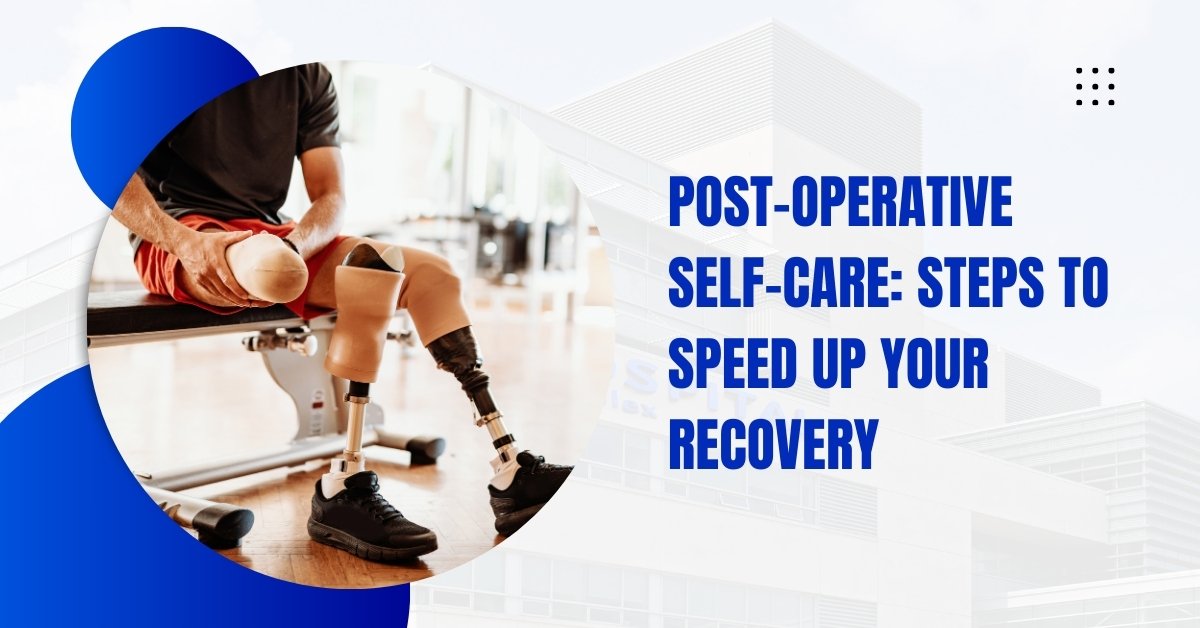
When you picture baby milestones, you probably think of those first giggles, the first tooth, or those wobbly first steps. But there’s another important first that often gets overlooked: swimming. A lot of parents are unsure whether it’s safe—or even beneficial—for their baby to get started in the water at such a young age. And we get it. Babies and swimming? It sounds like a big leap. But the truth might surprise you.
Let’s explore how early babies can start swimming lessons, what kind of programs exist, what the benefits are, and how to make it a safe and enjoyable experience for both of you.
What Age Can Babies Start Swimming Lessons?
That’s the age many swim schools recommend for introducing babies to the water, especially through parent-and-child classes that emphasize comfort and fun over skill. These aren’t traditional lessons where a child is taught to swim strokes or float solo. Instead, they’re guided experiences that help babies become familiar with water in a safe, secure setting—often with a parent right by their side.
The American Academy of Pediatrics (AAP) supports starting lessons around 1 year of age. Their position is based on growing evidence that early experiences in water can help reduce the risk of drowning—the leading cause of unintentional injury-related death among children ages 1 to 4.
So, while formal instruction may begin at one year old, gentle, fun, water-based exposure can begin even earlier.
Why Start Swimming Lessons Early?
Introducing babies to the water early on is about more than just early education—it’s about building a healthy, happy relationship with the water. Here are some key reasons parents are saying “yes” to early swim lessons:
1. Water Familiarity Reduces Fear
Babies who are exposed to water early often develop less fear of it later. The more they associate water with comfort and fun, the less likely they are to panic or resist it.
2. Builds Physical Strength and Coordination
Swimming promotes muscle development, improves balance, and helps babies gain control over their body in a unique way. Being in water also supports their body weight, allowing freer movement.
3. Encourages Cognitive Development
Research shows that babies who participate in swimming programs may experience a boost in memory, language development, and spatial awareness.
4. Enhances Parent-Baby Bonding
Few experiences are as heartwarming as holding your baby while gently gliding through warm water. The skin-to-skin contact and shared smiles create lasting memories.
5. Early Water Safety Skills
While babies won’t learn to swim laps or perform strokes, early classes teach water safety cues—like turning to a parent or floating on their back—which can be life-saving later.
Is It Safe for Babies to Take Swimming Lessons?
Safety is the biggest concern for any parent considering baby swimming lessons—and rightfully so. But rest assured, with the right conditions and supervision, early water exposure is safe and even beneficial.
Here’s what makes a swimming class safe for babies:
- Certified infant swim instructors who know how to handle tiny swimmers
- Warm, clean pools, typically heated to around 85–92°F to avoid chilling
- Limited class sizes, so every baby gets proper attention
- Hygiene protocols to ensure water quality
- Active parental participation in the water—babies are never left alone
Before starting, consult your pediatrician—especially if your baby was born prematurely or has medical conditions.
Types of Swimming Lessons for Babies
Not all swim classes are the same. Here’s a quick breakdown of the most popular types of infant programs:
Parent-Child Swim Classes (6–24 months)
These are play-based, low-pressure classes where babies and parents explore the water together. Expect floating exercises, songs, splashes, and lots of smiles.
Infant Survival Swimming (6 months+)
These classes focus on teaching babies how to roll onto their backs and float—an emergency skill that can help if a child ever falls into water. These are more intensive and require consistent attendance over several weeks.
Toddler Swim Lessons (2 years+)
As your child becomes more verbal and mobile, they’ll transition into lessons that introduce independent movement in the water, kicking, paddling, and even breath control.
Signs Your Baby Is Ready for Swimming Lessons
Every baby is unique, but here are a few indicators that your little one might be ready to dip their toes into lessons:
- They have good head and neck control (typically by 4–6 months)
- They enjoy bath time or water play
- They’re comfortable being held by caregivers in new environments
- They don’t have major medical issues that limit mobility or breathing
Even if they cry at first, don’t panic. New environments can be overwhelming, but with patience and a gentle approach, many babies warm up quickly.
How to Prepare for Baby’s First Swim Class
Before heading to the pool, a little preparation goes a long way. Here’s a checklist of what to bring and expect:
What to Pack
- Swim diaper (plus an extra)
- Baby-friendly swimwear
- Towels (bring two: one for drying, one for laying baby down)
- A waterproof bag for wet items
- Baby lotion or moisturizer for after the swim
- A bottle or snack for post-class comfort
Tips for First-Timers
- Try a light feeding 30–60 minutes before class—avoid full tummies
- Get your baby used to water at home by gently pouring water over their body during bath time
- Talk calmly to your baby throughout the experience to soothe and reassure
How to Choose the Right Swim School for Your Baby
There’s no shortage of swim programs, but not all are tailored to infants. Choosing the right one makes all the difference.
Look for swim schools that offer:
- Certified instructors with infant-specific training
- Clean, temperature-controlled pools
- A strong emphasis on parent involvement
- Excellent parent reviews
- Flexible scheduling options
- Safety-focused curriculums
If you can, visit a class before enrolling. Watch how the instructors interact with the babies and how the facility is managed. Trust your instincts—if it feels right, it probably is.
What If My Baby Cries or Resists?
It’s normal.
Your baby might cling to you, cry, or seem unsure at first. That’s okay. New experiences can be overwhelming, especially in an unfamiliar place with different sounds and sensations. The key is consistency, patience, and lots of encouragement.
Stick with it. Most babies begin to enjoy the water after a few classes—and it’s all worth it when you see that confident little grin in the water.
A Few FAQs You Might Be Wondering About
Can my baby catch a cold from swimming?
Not directly. Colds are caused by viruses, not by getting wet. However, make sure your baby stays warm before and after the swim.
Is chlorinated water safe for babies?
Yes, as long as the pool follows proper chemical balance. Rinse your baby off after swimming to reduce the risk of skin irritation.
Do babies naturally know how to swim?
They have a “swimming reflex” when submerged, but this fades over time. True swimming skills need to be taught and practiced.
Ready to Get Started? Here’s What to Do Next
You don’t need to wait until your child is walking or talking to introduce them to the water. In fact, starting young can build confidence, safety skills, and happy family memories that last for years.
If you’re based in Texas and exploring options, now’s the perfect time to check out trusted baby swimming lessons in Dallas. Whether you’re looking for parent-and-baby bonding, a structured safety program, or just a fun way to introduce water play—Dallas has exceptional swim schools that are ready to welcome you.
Take the first step, find a class near you, and give your baby a joyful, confident start in the water.


